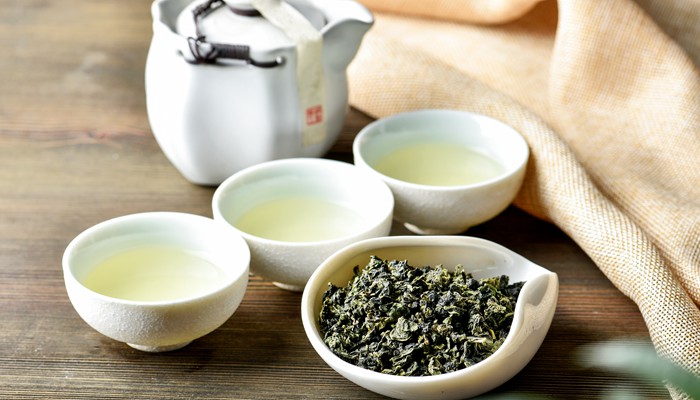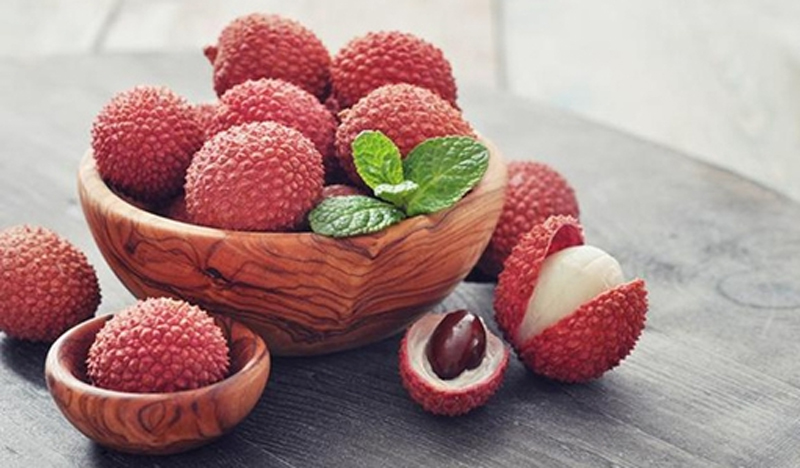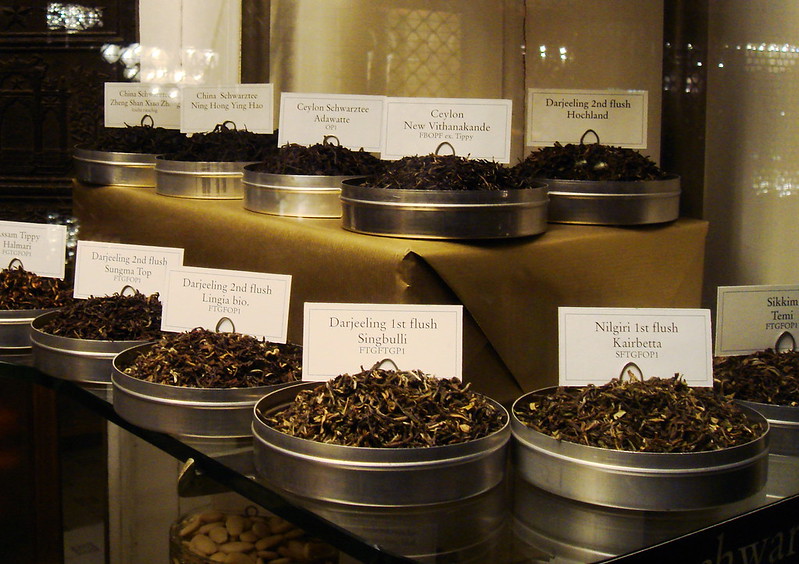How many types of tea are there in Tieguanyin tea? The historical legends and stories of Tieguanyin and the characteristics of its taste and aroma
What is Tieguanyin?
Tieguanyin tea is a kind of oolong tea made in China. This oolong tea is tightly rolled, has a bright floral aroma and a sweet aftertaste, and can last for a few minutes. This kind of tea is made from a special variety of tea trees. The variety is characterized by peach leaves with a sloping tip and a pink center.
Tieguanyin is a kind of Chinese oolong tea, which is mainly grown in Anxi County, Fujian Province. This kind of tea is named after the Chinese goddess Guanyin, who gives this tea another popular name: Tieguanyin tea.
Legend has it that the cultivation of Tieguanyin can be traced back to the early 19th century. Although the exact origin is unknown, there are two main legends that explain the emergence of this unique oolong tea. The first story is about a poor farmer named Wei. Every day, he would clean the local temple, feeling that this was the only way for him to honor the gods. One day, he saw a vision in the temple and found a treasure in a nearby cave. After the hallucination, he went to the cave, where he found a tea tree bud. He took the tea seedling, planted it in the garden, and took care of it until it grew into an unusual tea tree. From this factory, he made the first batch of Tieguanyin tea and then expanded the planting, bringing prosperity to all the villagers. The second legend is about a scholar named Wang. While walking, Wang stumbled upon a tea tree under Guanyin Rock. He brought this plant home for cultivation and discovered the brilliance of this oolong tea. The king presented a cup of tea to Emperor Qianlong. The emperor was so impressed by this that Tieguanyin began his long reign as a beloved oolong tea. Although these may be legends, the fact is that Tieguanyin tea is a unique oolong tea. Read on to learn how tea is grown and brewed.

Tieguanyin cultivation the traditional Tieguanyin is made from tea rather than tea tree buds. This kind of tea is usually made of medium to large leaves, and tea masters pick three or four leaves and stems from each tea bud. The harvest usually takes place in autumn, not in spring, when most other teas are picked. Once the tea leaves are picked, they wither in the sun and begin the drying process. Shake or stir the blade every 2 hours to ensure uniform drying, and the whole withering process takes 6 to 10 hours. When the edge of the leaf turns reddish brown and there is yellow in the middle, the leaf is considered to have withered. After withering, there is an oxidation process. Leaves are usually oxidized overnight-a process by which enzymes react with oxygen-to produce new flavors and turn them dark brown or black. Then put the leaves in a large pot and burn them over the fire to prevent the oxidation process. The leaves of Tieguanyin are rolled into a tight hemispherical shape when they are still hot. The tea is then baked and then packaged and sold as loose-leaf tea.
There are two types of Tieguanyin, namely Anxi tea or Mucha tea. Anxi Tieguanyin Tea is a kind of tea from Anxi region of China. The taste of this oolong tea is similar to that of green tea, with floral fragrance and golden liquid. Mucha Tieguanyin has a more full-bodied taste, with nutty and roasted aromas. This wine is reddish brown. This kind of tea can also vary according to the degree of baking and harvest time. Tieguanyin harvested in autumn is rich in flavor, while in summer Tieguanyin is considered to be of lower quality but more affordable. There are also different kinds of Tieguanyin tea, depending on the length of baking time. One of the most famous is Jadeite Tieguanyin, which is green in color, has a floral smell, and is only slightly baked.
The bright flower-scented Tieguanyin wins the taste contest Tieguanyin is a very popular Chinese tea with bright floral aroma and sweet taste. This kind of tea can entertain friends and family, as well as as part of the traditional kung fu tea ceremony. Tea drinkers will like the bright scent of flowers from the first time to the last time.
Important Notice :
前街咖啡 FrontStreet Coffee has moved to new addredd:
FrontStreet Coffee Address: 315,Donghua East Road,GuangZhou
Tel:020 38364473
- Prev

How is the production process of litchi black tea produced? Where does the authentic litchi black tea come from? How to make litchi black tea?
How is litchi black tea produced? The tea is harvested and finished in the spring and then carefully stored into the summer when the lychee is ripe. Then mix the tea with unpeeled lychees and gently bake until dry. The rich sweetness and floral aroma of litchi are absorbed by the tea, creating a mouth-watering tea with a unique taste and aroma. Such as
- Next

Which grade of Darjeeling spring picking, summer picking, autumn picking or rainy season tea is higher and more expensive? A comparison of the taste of four kinds of tea
For Darjeeling Tea, I often tell people what kind of tea is brewed. For some reason, the word "tea season" makes people feel big, just like "this is picked in Darjeeling's second tea season". Now when I say "season", people tend to know right away. So, if I say, "this Darjeeling,
Related
- The milk tea cup becomes smaller?! Overlord Tea Girl launches a new "Return to Yunnan" series
- Accused of selling counterfeit and high-priced coffee beans! Well-known boutique coffee brand "Oukelao" bowed and apologized!
- How to make espresso dumplings? Can I eat coffee and glutinous rice balls together?
- Save the unformed and stagnant powder cakes in one second! What is the problem with stagnant water in the powder bowl of the espresso machine?
- What does hand-brewed coffee stop mean? Why is it not recommended to make coffee by hand?
- Is it normal to smell like coffee? Why does coffee smell like alcohol? What's wrong with the strong smell of cold extract ice dripping ice brewed coffee?
- How to solve the problem that hand-brewed coffee extraction takes too long? Why is the water flowing so slowly when making coffee?
- The main points of making Australian white coffee, the proportion details, how does Australian white properly foam and blend the flowers?
- Can ice water make cold extract coffee? What is the difference between room temperature water and ice water for making cold coffee?
- What milk is best for making latte and white Dirty coffee? What is the difference between different brands of fresh milk and pure milk for making coffee?

